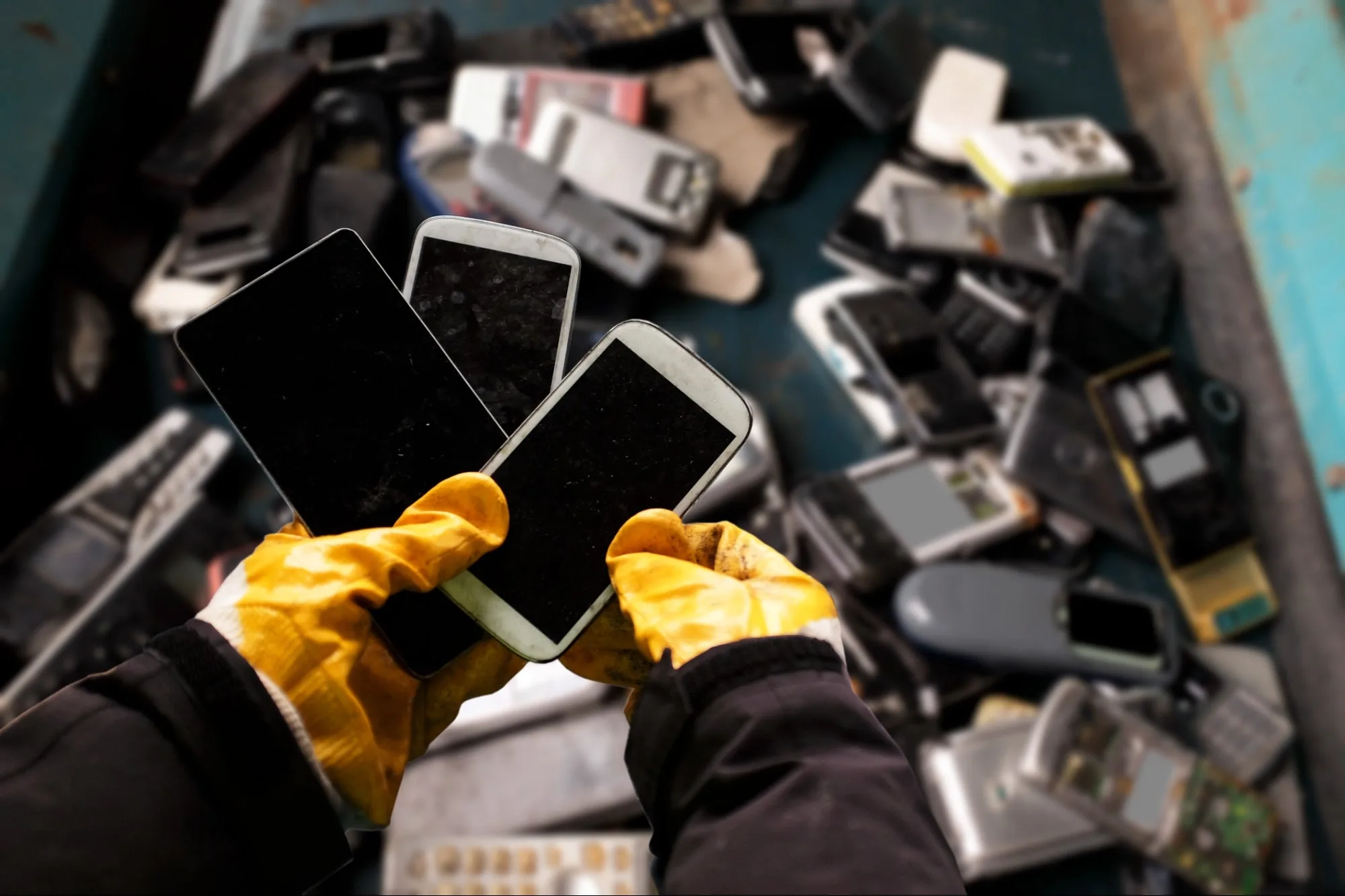How Offices Can Make Their Gadgets Greener and More Sustainable
Millions of offices around the world are in need of reconsidering their use of electronics in order to become more environmentally friendly and sustainable. In the past decade, there has been a growing interest in adopting long-term sustainable practices, driven by consumer demands, politics, and investors. However, this endeavor goes beyond simply using green energy or making monetary donations. It requires a company-wide shift in corporate culture, awareness of sustainability issues, and implementation of sustainable practices in all departments.
One major area of concern for contemporary businesses is the use of consumer electronics, such as smartphones and laptops. These devices present both sustainability challenges and opportunities, ranging from recycling to extending their lifespan. By addressing these issues, businesses not only demonstrate their commitment to environmental, social, and governance (ESG) principles but also stand to benefit financially in the long run.
The Rise of Secondhand Electronics
The global secondhand market, particularly for consumer electronics, is experiencing significant growth. Refurbished smartphone sales, for instance, increased by more than 14% in 2023, surpassing new smartphone sales and reaching a total of $13.3 billion in Q1 2023. This trend is a result of changing consumer sentiment and is expected to continue throughout the next decade and beyond.
The increasing demand for secondhand electronics is driven by concerns about electronic waste, also known as e-waste. The excessive production of electronic devices has led to a staggering amount of e-waste, which poses threats to the environment, human health, and animal well-being. Currently, only 17% of the 53 million metric tons of e-waste produced globally each year is recycled.
The Importance of Recycling and Repairing
Recycling and refurbishing used smartphones is crucial in addressing the e-waste problem. It not only prevents harmful chemicals from contaminating soil and water but also reduces the consumption of valuable and limited resources during the manufacturing process of new devices. In fact, the raw materials found in e-waste are estimated to be worth around $60 billion. By recycling and reusing these resources, companies can mitigate production costs and promote a more sustainable product life cycle.
To support the growth of secondhand mobile markets, there is a need for infrastructure development in the form of electronics recycling facilities. The global electronics recycling market is predicted to reach $110 billion by 2030, signaling the relevance and potential in this industry. Countries like Japan, renowned for efficient e-waste management, have established thousands of convenient drop-off points for consumers, examination centers for device assessment, and avenues for repair and refurbishment.
How Businesses Can Make a Difference
Businesses have the power to make a significant impact in reducing e-waste and promoting sustainability. One crucial step is investing in the education of employees. By providing training on responsible electronics usage, maintenance, and disposal, companies can enhance device longevity and suitability for refurbishment. Hosting public presentations or workshops can also raise awareness among employees and consumers, showcasing a commitment to sustainability.
Implementing internal policies, such as shorter tech refresh cycles or allowing employees to bring their own devices (with appropriate security measures), can also contribute to sustainable practices. By publicizing these initiatives on social media, organizations can enhance their brand image and attract environmentally-conscious consumers and talent.
A Sustainable Future
The growing popularity of secondhand mobile markets reflects a broader shift in consumer behavior toward sustainability. This shift is not a passing trend but a response to the pressing challenges of e-waste and resource scarcity. Secondhand smartphones align with the principles of sustainable and responsible consumption, making them a preferred option for many consumers. As a result, businesses are following suit, fueling the growth of these markets and shaping a more sustainable and equitable future by reducing e-waste, conserving resources, and increasing access to advanced technology.
Source: Save The Planet — and Your Dollars — By Making Your Office Gadgets Greener. Here’s How.







